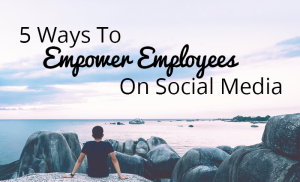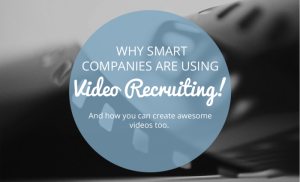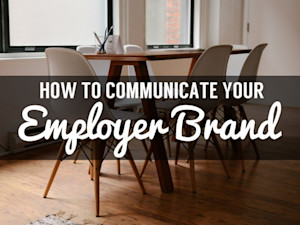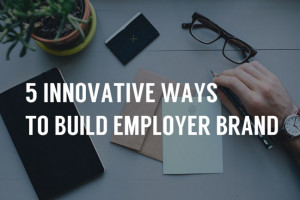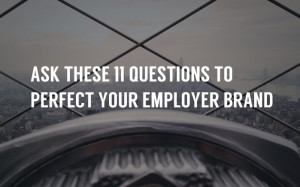October 4
It can be difficult to involve your employees in your social media endeavors. Employees may not feel comfortable with social media, or may be reluctant to connect their personal social profiles to their work. Both are completely understandable reasons and you should always be respectful of your employee's comfort. However, there is no better brand ambassador than your employees. Nobody knows your company better than those who have worked there every day. Nobody can better represent your company culture than those who contribute to its very identity. For these reasons, you need to persuade and inspire your employees to participate in your company's social channels. Here are five ways you can empower…Read More
